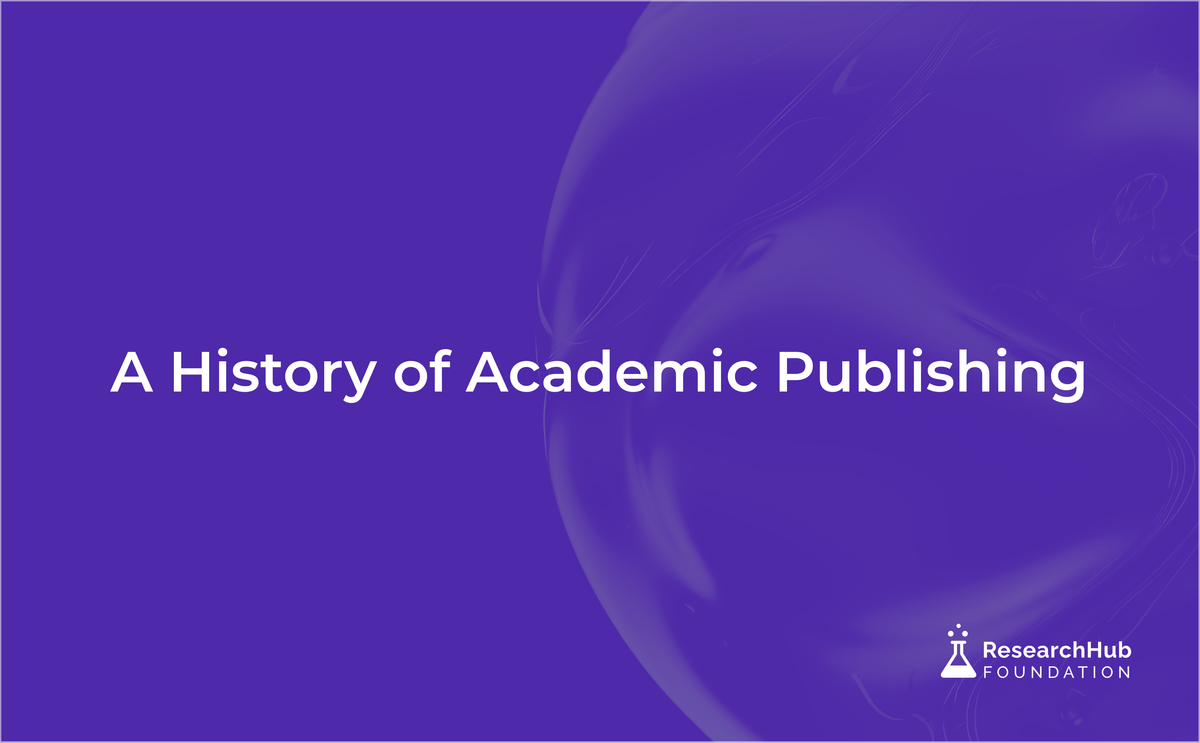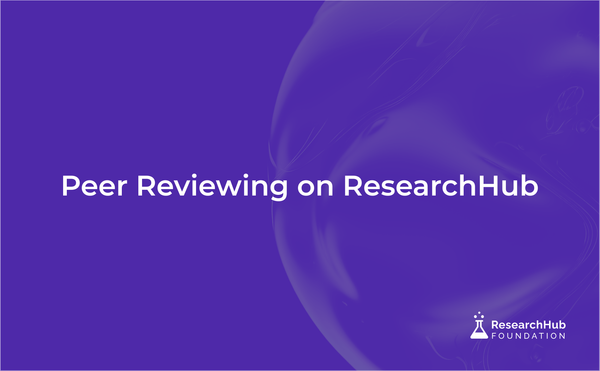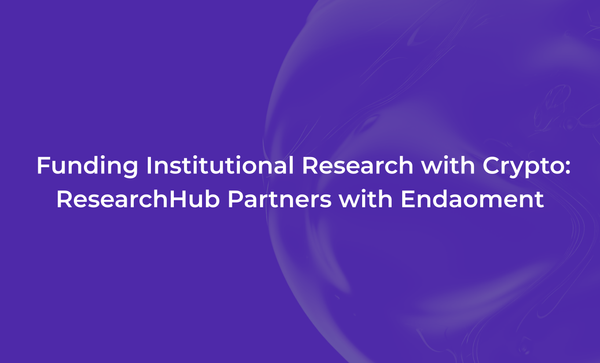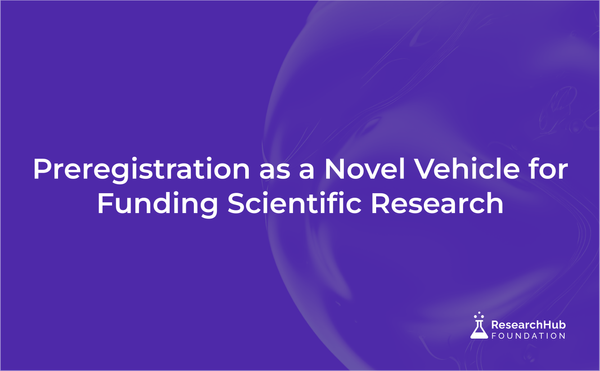A History of Academic Publishing

Academic publishing is very much at the core of our democratic society. However, has it truly caught up with the digital age yet?
Since the invention of the printing press, publishing has embodied the spirit of freedom. It liberated people from the strict doctrines of the Church by making information more accessible. When the church tried to censor scientific knowledge, publishing played a crucial role in spreading new knowledge, such as Galileo Galilei’s works, which propagated the heliocentric model of the solar system and laid the groundwork for Newton's Physics. However, is the digital publishing of today still aligned with the freedom of information?
This post will walk you through the history of academic publishing, highlighting milestones and changes in publication formats along the way. It will also paint a picture of what the present scholarly publishing landscape looks like, as well as a look at the possibilities that the future holds.
Timeline
The Origins: Stone Tablets and Scrolls
If we go back to the beginning of scientific documentation, we will at least have to acknowledge the earliest civilizations that created ways to record and share scientific information. Our ancestors recorded their innovations in stone and scrolls, creating the first preserved and centralized libraries of scientific information. The ancient Egyptian Library of Alexandria is one of the most famous of such libraries.
Print Publishing and the Scientific Revolution
The Middle Ages was when standard publishing practices began to exist. Single-copy religious books and manuscripts were painstakingly handwritten until Johannes Gutenberg invented the printing press. The availability of these manuscripts and religious books was limited since producing them was expensive and labor-intensive. However, Gutenberg’s printing press allowed books (especially The Bible) to be mass-produced for relatively little cost — a vast improvement compared to handwriting.
During this period, the Church not only held spiritual authority but also had a tight grip on intellectual life. Before the press, the Bible was primarily available in Latin — a language only understood by the elite, primarily clergy. Therefore, one of the most significant impacts of the printing press was the dissemination of the Bible in vernacular languages that ordinary people spoke and read.
In addition to the translation of the Bible into other languages, the Industrial Revolution meant that other literary materials with opposing views to the Church were getting circulated, fast. This democratization of knowledge threatened the Church’s control over religious teachings and its interpretations of nature and science. In a desperate attempt to curb this, the Church banned books that opposed the teachings of the Church. There were, of course, scientists and publishers that fought back.
For example, many people know that the Church threatened Galileo with torture and forced him to spend the rest of his life under house arrest after he published Dialogue Concerning the Two Chief World Systems — a book that supported the heliocentric view that the Earth revolves around the Sun. His book was also placed on the notorious Index Librorum Prohibitorum — a list of banned books.
However, fewer people know about the pivotal role played by the Dutch publisher — Louis Elsevier in ensuring Galileo's ideas reached a wider audience. Despite the severe risks involved, Elsevier smuggled Galileo’s Dialogues Concerning Two New Sciences out of Italy and published it. This act was particularly bold, given that Elsevier had sought guidance from the Inquisition and was explicitly told that all of Galileo’s writings were banned from publication, not only in Italy but everywhere.
Publishing Galileo's work was a bold risk for Elsevier, but it paid off handsomely. The book became a best-seller, and Galileo’s ideas spread like wildfire across the European scientific community. Galileo's book eventually laid the groundwork for Newton’s First Law of Motion.
Elsevier’s decision to publish Galileo’s work was instrumental in advancing scientific knowledge. It defied the oppressive control of the Church and contributed to the spread of new, revolutionary ideas.
As more literary works and contrary views to the Bible circulated, the Scientific Revolution spread. By the end of the 17th century, science had almost completely replaced Christianity as the central focus of European civilization.
The Beginning of Peer Reviews
Science publishing was still limited to books in this period. However, there were too many of them. They were also expensive and lacked a review process. Publishing scientific results in expensive books that only a few could buy was no longer enough; information needed to be shared widely and quickly.
“One of the diseases of this age is the multiplicity of books; they doth so overcharge the world that it is not able to digest the abundance of idle matter that is every day hatched and brought forth.” — Barnaby Rich, 1613
Two national scientific societies were established to approve and filter scientific results to be published: the Royal Society of London for Improving Natural Knowledge, established by royal charter in 1662, and the Académie des Sciences of Paris, founded in 1666.
These institutions published the Philosophical Transactions of the Royal Society of London and the Journal des Scavans. These documents were the first peer-reviewed academic journals. They included letters, scholarly correspondence, reviews, criticism, and scientific reports, aiming to share new scientific knowledge and promote verification by peers (members of these societies).
At the time, peer review was only introduced to help editors decide which manuscripts to publish in their journals. It was not primarily intended to ensure the validity of the research. Instead, the focus was on selecting the most suitable manuscripts for the journal's audience, rather than rigorously verifying the accuracy of the findings.
As years went by, the peer review process quickly evolved from an editorial tool to a method for ensuring the integrity of research studies before publication.
The Royal Society of Edinburgh went ahead to establish a defined peer review process for Medical Essays and Observations in 1731.
“Memoirs sent by correspondence are distributed according to the subject matter to members most versed in these matters. The report of their identity is not known to the author.” - Royal Society of Edinburgh, 1731
This process ensured that manuscripts were evaluated by experts in the field while maintaining reviewer anonymity to prevent bias.
The adoption of this model by other scientific societies was a significant step toward the modern peer review system.
The Impact Factor
Five major publishers — Elsevier, Springer, Wiley, Taylor & Francis, and the American Chemical Society, published 56% of all journal publications in 2017. A major enabler of this oligopoly in academic publishing is the concept of the impact factor, a measure of how often an article or journal is cited by other researchers, which is now a key indicator of a journal's influence.
Eugene Garfield released the first ranking of academic journals in 1972 to provide librarians and scholars with an objective way to evaluate scientific articles. However, this spun out into a new economic industry around journal rankings.
Now, citations and impact factors are the primary metrics for evaluating scientific success, often determining funding and career advancement. However, these metrics are flawed. Citations can be influenced by the popularity of a topic or strategic citation practices, rather than the actual quality of research.
Digital Publishing and Online Journals
Digital academic publishing began gaining momentum in the late 20th century, with the rise of online journals and research databases.
While digital platforms held the potential for radically new forms of publishing, so far, they have pretty much reproduced the old print journal system but moved it online.
Publishing is monopolized by the same top publishing companies, peer review and its incentive mechanisms are still misaligned, and scientists with limited funding and resources have to pay thousands of dollars and wait for so long to have their work published in these digital journals.
While this was more understandable with print publishing, since there were significant costs involved in printing and distributing physical journals, the same can hardly be said about simply uploading a PDF to a database on the Internet.
There were still gaps that needed to be filled and new, decentralized solutions such as open-access publishing, preprints, and decentralized science were the answer.
Open Access and Preprint Servers (arXivs)
Traditional publishing models made it difficult for researchers and the public to access scientific knowledge due to high subscription fees and paywalls.
Frustration over this inaccessibility sparked a push for open-access publishing. The open access movement makes academic publishing available to a much wider audience while preserving the intellectual property rights of the author.
In parallel, preprint servers, such as arXiv, bioRxiv and medRxiv, allow researchers to publish their findings before undergoing formal peer review, enabling quicker dissemination of scientific work, early critique, and collaboration.
The Future of Academic Publishing: DeSci
Open access and preprint servers were promising alternatives to the Big Five's monopoly on academic publishing, offering researchers a platform to share their work freely. Yet, they struggle to compete with established journals in terms of reputation.
To address this, science needs a competitive decentralized model.
DeSci offers decentralized solutions to these problems in science and academic publishing. Here are a few ways scientists can take advantage of DeSci’s academic publishing solutions:
- Earn for Peer Reviews: ResearchHub rewards peer reviewers with $RSC (Research Coin) for sharing their scientific knowledge.
- Use Open Data and DeSci Labs: Open data contributes to collaboration and reproducibility in science by making research data publicly available. On top of open data, decentralized and transparent storage solutions such as DeSci Labs and IPFS also ensure that scientific data is secure and accessible to the public.
- Build Your Reputation: In DeSci, your reputation is based on actual scientific contributions, not flawed valuation metrics. ResearchHub democratized reputation by introducing upvotes and downvotes to assess scientific contributions. While this was a good start, it had limitations. Soon, ResearchHub is releasing an updated reputation system that considers domain expertise and tracks academic contributions more accurately, providing a fairer assessment of a scientist's impact.
Join ResearchHub Today.
Get In Touch
- Twitter :
- Website :
- Discord :





